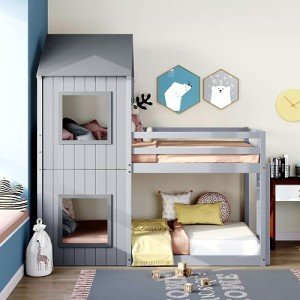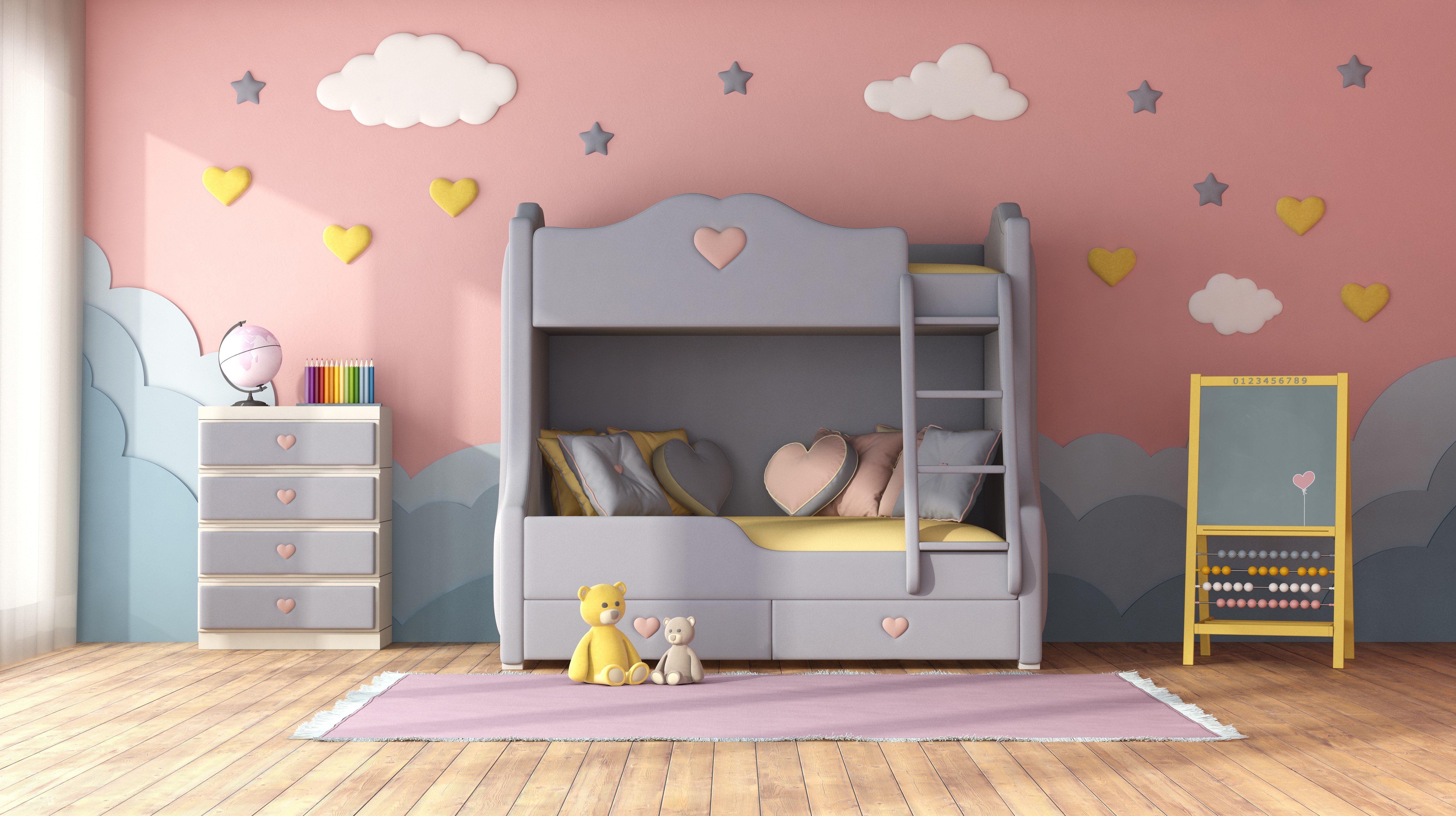This company has no active jobs
0 Review
Rate This Company ( No reviews yet )
About Us
10 Things Your Competitors Can Learn About Bunk Beds
Exploring Bunk Beds: A Comprehensive Guide
Bunk beds have actually long been a staple in children’s bed rooms, dorm rooms, and even homes with limited space. Not just do they provide a practical sleeping service, however they likewise create an enjoyable and imaginative environment for children and a great space-saver for adults and households. This post will check out whatever you require to understand about bunk beds, from types and products to safety tips and purchasing guidance.
Table of Contents
- Types of Bunk Beds
- Conventional bunk Bed cheap Beds
- Loft Beds
- Triple Bunk Beds
- L-Shaped Bunk Beds
- Material Options
- Wood
- Metal
- Security Considerations
- Purchasing Guide
- Frequently asked questions
Types of Bunk Beds
Bunk beds can be found in numerous designs to fit different requirements and preferences. Here’s a breakdown of the most common types:

Conventional Bunk Beds
Standard bunks typically include 2 beds stacked vertically on top of one another. These beds are perfect for siblings sharing a space or for taking full advantage of sleeping space in guest spaces.
Loft Beds
Loft beds stand similarly to conventional bunk beds but do not have a lower sleeping area. Instead, they often incorporate a desk or seating area underneath, making them a great choice for small spaces needing multifunctionality.
Triple Bunk Beds
Triple bunk beds are developed for 3 occupants, with beds stacked in a three-tier configuration. These are less typical however can be a fun option for big households or sleepovers.
L-Shaped Bunk Beds
With one bed placed horizontally and the other vertically, L-shaped bunk beds are typically geared up with additional functions such as desks or storage drawers and can match corner areas in a room.
Comparison of Bunk Bed Types
| Bed Type | Perfect Use | Description |
|---|---|---|
| Conventional | Shared bed rooms or visitor spaces | Two beds stacked vertically |
| Loft | Small spaces requiring multi-purpose space | Upper bed with open space underneath |
| Triple | Large families or slumber parties | Three beds stacked vertically |
| L-Shaped | Corner or flexible spaces | A mix of vertical and horizontal beds |
Material Options
Bunk beds are produced from numerous materials, with wood and metal being the most typical. Each product has its pros and cons.
Wood
- Durability: Generally robust and can endure years of usage.
- Aesthetic Appeal: Offers a traditional appearance that can mix with different decors.
- Weight Capacity: Typically sturdier; can support heavier weights.
- Disadvantages: May be more pricey than metal alternatives and can be vulnerable to scratches.
Metal
- Durability: Generally lightweight and easy to move but still sturdy.
- Modern Design: Often can be found in smooth designs, making it appealing for modern spaces.
- Cost-Effective: Usually more economical than wooden choices.
- Downsides: Can be cold to the touch in winters and may not have the very same visual appeal for some buyers.
Safety Considerations
When it pertains to bunk beds, security can not be neglected. Here are essential security suggestions to keep in mind:
- Guardrails: Ensure that the leading bunk has guardrails on both sides to prevent falls.
- Strong Construction: Check for a solid construct and tough materials to hold up against weight and motion.
- Weight Limit: Adhere to the maker’s weight limitation for both the upper and lower bunks.
- Ladder Design: Choose bunks with a safe, easy-to-climb ladder and prevent any sharp edges or rungs.
- Age Restrictions: Most producers suggest that kids under the age of 6 should not oversleep the upper bunk.
Buying Guide
When shopping for bunk beds, consider the list below factors to find the best suitable for your requirements:
- Space Availability: Measure the space size and ceiling height, guaranteeing there is adequate space for the top bunk.
- Bed Size: Decide in between twin, full, or bigger sizes based on your needs and the size of the room.
- Design Preference: Consider the overall design of the bed room to discover an ideal style.
- Ease of Setup: Look for a bunk bed that is uncomplicated to put together.
- Spending plan: Bunk beds can be found in various price ranges, so identify a spending plan before beginning your search.
FAQs
1. What is the suggested age for kids to sleep on the top bunk?
Children aged 6 and older are normally advised to sleep on the leading bunk to decrease the threat of falls.
2. How can I make my bunk bed much safer?
To enhance safety, ensure guardrails are effectively set up and examine that the bed is put on a flat surface. In addition, motivate kids to use the ladder thoroughly.
3. Can I transform a bunk bed into two separate beds?
Numerous bunk beds are designed to be convertible. Examine the manufacturer’s requirements for convertibility features.
4. What devices are offered for bunk beds?
Typical accessories consist of bed linens, storage drawers, staircases rather of ladders, and tented canopies for an enjoyable visual appeal.

5. How do I preserve my bunk bed?
Routine look for loose screws or structural stability can assist ensure safety. Dust the bed frequently and tidy spills immediately to keep the materials in good condition.
Bunk beds are flexible and a space-efficient service for different living scenarios, from kids’s spaces to guest lodgings. With numerous styles and products available, potential purchasers have a wealth of choices to consider, ensuring a mix of practicality and visual appeals. By focusing on safety and following the suggestions detailed in this guide, individuals can discover the best bunk bed that suits their space and lifestyle, all while creating a pleasurable sleeping environment.


